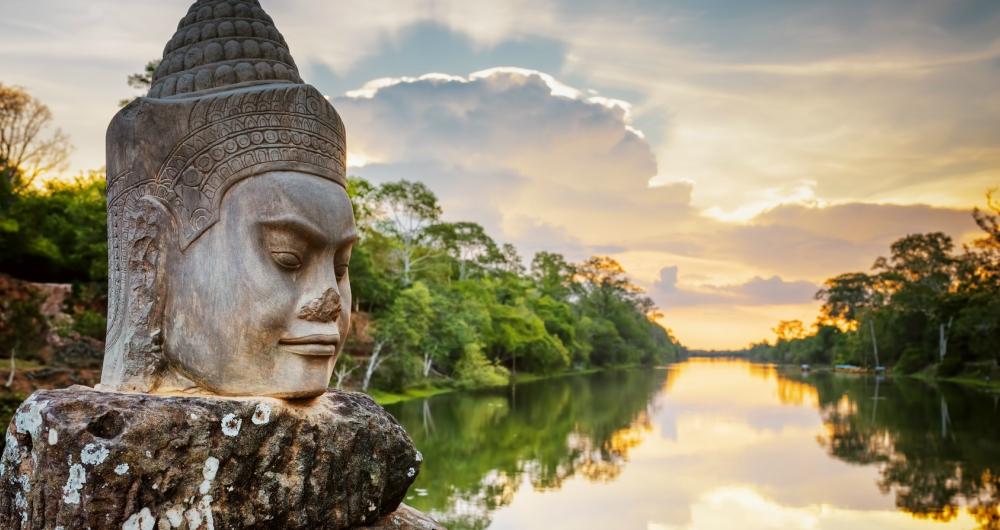1. Discover Khmer Heritage at the Angkor National Museum
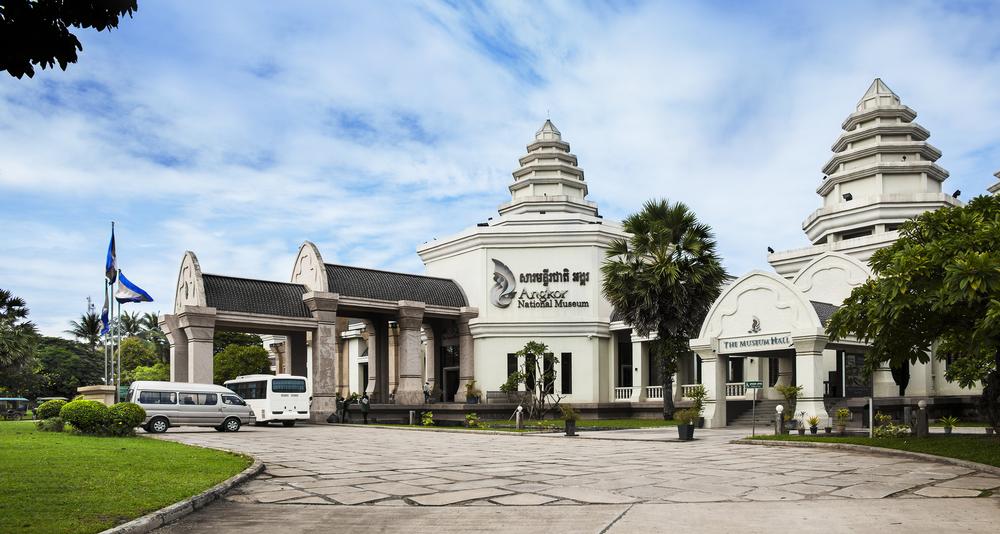
The Angkor National Museum was established in 2007 to collect, preserve, and present the country’s many Angkorian archaeological artifacts. The eight galleries focus on the golden era of the Khmer Empire’s history, culture, and civilization. The galleries include the Briefing Hall, with an 80-seat theater for orientation, a collection of Buddha statues and relics, literary works of the Khmer civilization, ancient engineering plans, jewelry, and much more. Visitors of the museum shouldn’t miss certain antiquities, such as the Sumedha Hermit, a standing Vishnu statue that dates to the 7th century, and the elegant Lokesvara statue.
Charles De Gaulle, Krong Siem Reap, Cambodia, Phone: +8-55-63-96-66-01
2. Shop and Savor Local Finds at Angkor Night Market
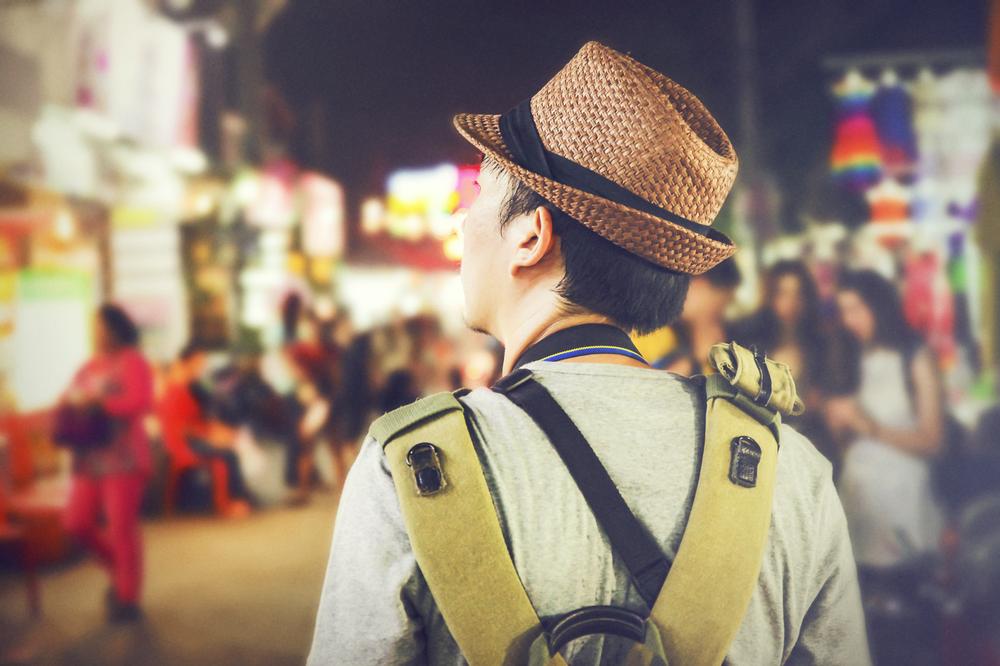
Open every day from 5pm to midnight, the Angkor Night Market bustles with the sounds and lights of over 200 vendor stalls, bars, and cafes filled with locals and tourists. The Angkor Night Market is the perfect place for visitors to explore and really get a feel for the people and culture of Cambodia. At the market, visitors can try delicious local cuisine at everything from street carts to fancy restaurants. It’s also the perfect place to pick up some souvenirs to take back for family, friends, or even themselves; souvenirs vary from t-shirts and keychains to works of art in the form of sculptures or paintings. Various events are held at the market throughout the year, such as the Happy Khmer Water Festival and the Christmas Shopping Extravaganza.
Angkor Night Market St, Krong Siem Reap, Cambodia, Phone: +8-55-93-80-08-11
3. Wander the Ancient City of Angkor Thom
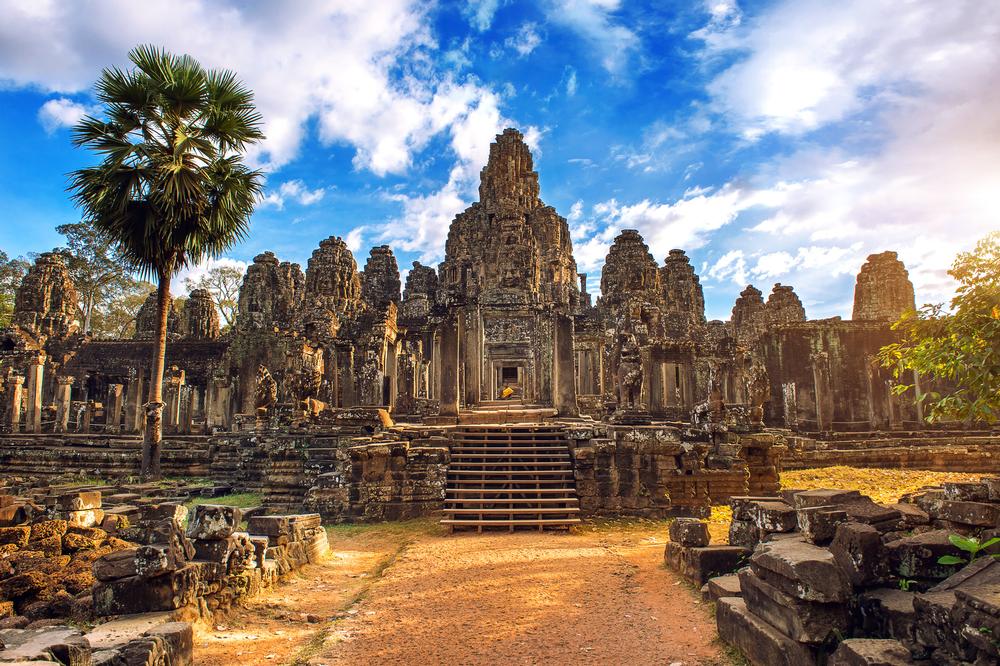
Angkor Thom was developed by King Jayavarman VII during the late 12th century. The name, which translates to “great city,” was the last capital city of the Khmer empire and is indeed a great place for visitors to explore. One of the most fascinating sites in modern day Cambodia is Prasat Bayon, an extremely distinguished temple from the early 13th century. The temple’s most distinctive feature are the many smiling stone faces found on the temple’s towers. Many other Angkor ruins can be found in the city as well; getting to know the mythological stories behind them can be fascinating for visitors of all ages.
4. Marvel at Sunrise Over Majestic Angkor Wat

The largest religious monument in the world, Angkor Wat is a temple complex found in the heart of Cambodia. The complex sits on over 162 acres of land and was originally constructed as a Hindu temple but gradually transformed into a Buddhist temple. Angkor Wat is a national symbol and one of Cambodia’s main attractions. Visitors will be able to see a prime example of classical Khmer architecture as well as the surrounding grounds. The UNESCO World Heritage Site has many aspects that visitors shouldn’t miss, including the Naga Head, carved illustrations from Indian literature, and the intricately sculpted towers.
Activities and Attractions for Couples:
5. Admire Intricate Carvings at Banteay Srei
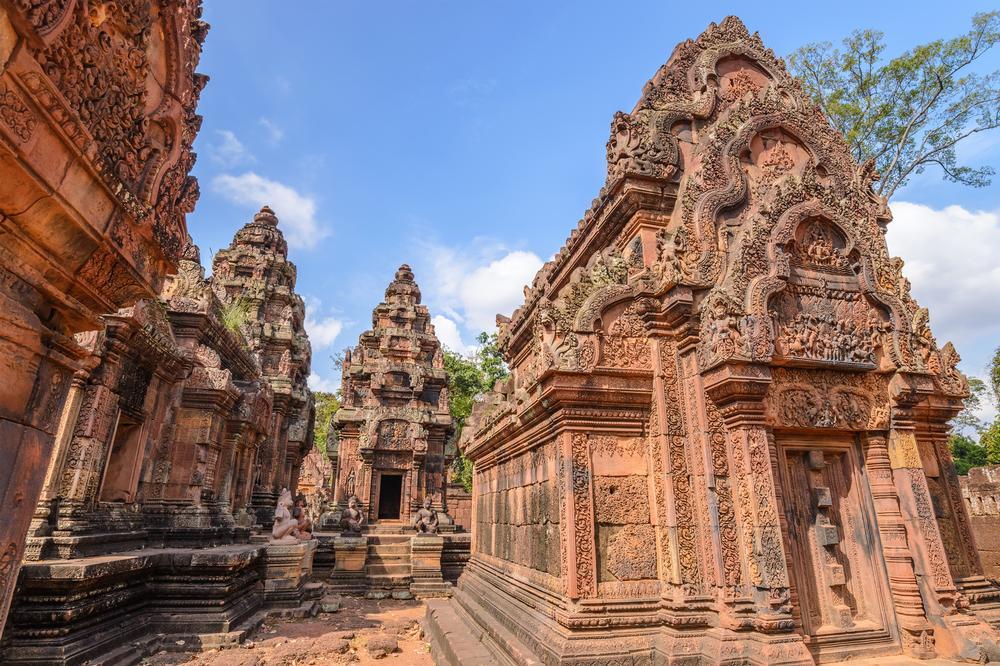
Banteay Srei is a Cambodian temple built in the year 967 and dedicated to the Hindu god Shiva. The temple, which is built in Khmer style, is largely made of red sandstone and has many stunning and elaborate carvings on its walls. Often called “the jewel of Khmer art,” Banteay Srei is a popular tourist destination and attracts visitors from all over. Many scenes are depicted on the walls of the temple to tell historic stories, with the one on the Ramayana being a favored site to see. Other aspects that shouldn’t be missed are the temple’s library structures and the sanctuary filled with replicas of statues that were found there.
6. Stand Among the Smiling Faces of the Bayon
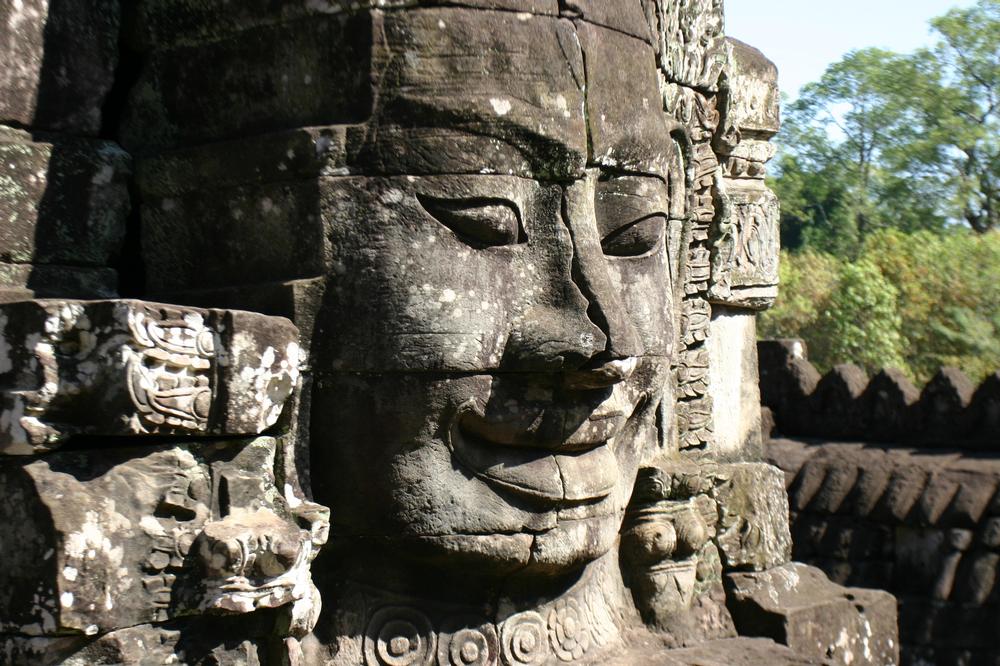
Prasat Bayon is a Khmer temple in Cambodia that was built in the early 13th century as King Jayavarman VII’s official state temple. The richly decorated temple was originally built in terms of Buddhist teachings, but was later modified to include Hindu preferences. One of the features that visitors love is the multitude of serene faces that jut out from the temple’s towers. The outer gallery of the temple has many scenes from Khmer history depicted on the walls, such as the Khmer army, naval battles, and scenes from the marketplace. Other than the galleries, visitors will also be able to explore the temple’s libraries and courtyard.
Bayon, Krong Siem Reap, Cambodia, Phone: +8-55-12-22-98-84
7. Step Into the Past at Mysterious Bokor Hill Station
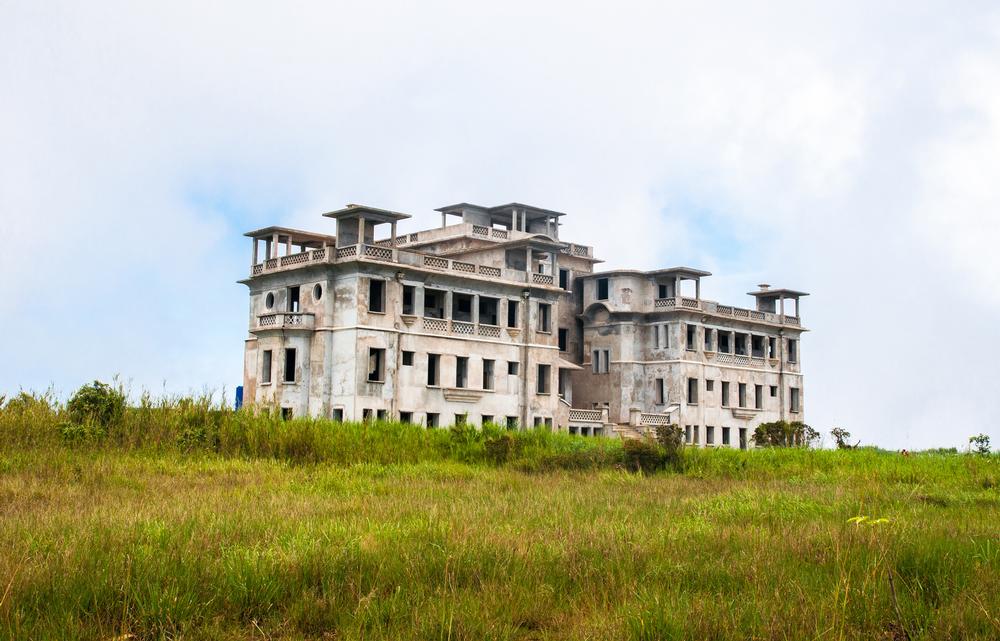
Originally built in the early 1920s, Bokor Hill Station comprises many buildings constructed in French colonial style. Ranging from a hotel and royal residence to a church and casino, the site was supposed to be a luxury retreat within Preah Monivong National Park. Now, the abandoned historic buildings are a fun attraction for visitors to explore. Only the small temples and the post office are currently still in use; the rest of the buildings are managed by the Cambodian authorities. Depending on the season, visitors will also be able to see a beautiful waterfall nearby.
8. Explore Untamed Beauty in Botum Sakor National Park
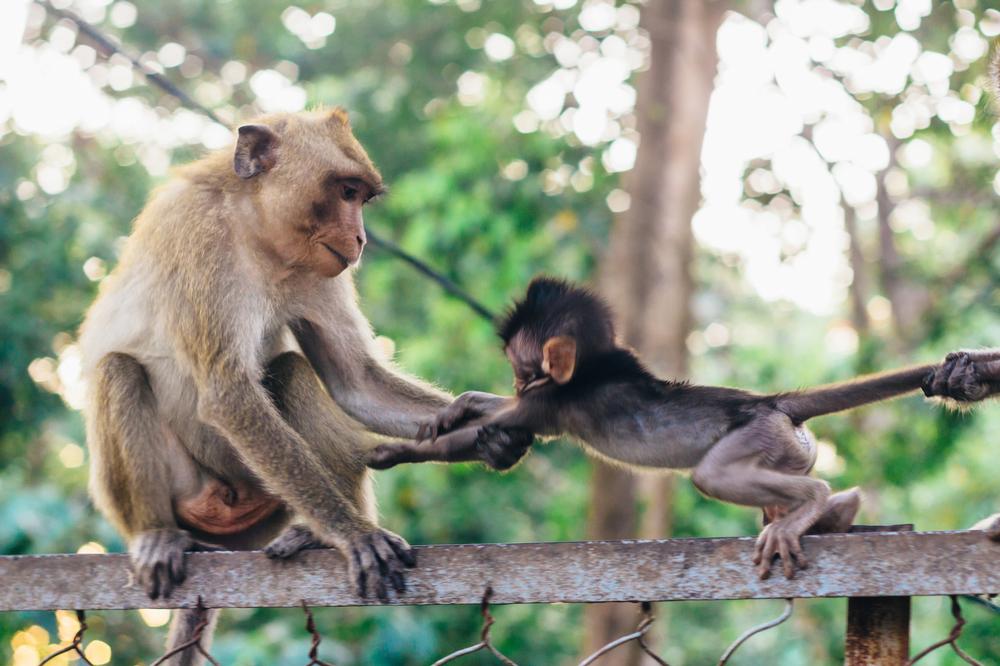
Governed by the Department of Nature Conservation and Protection and the Cambodian Ministry of Environment, Botum Sakor National Park is the biggest national park in Cambodia. The park lies on a southwest peninsula and comprises over 170,000 hectares of land. Visitors can navigate through the mangroves, grasslands, woods, and swamp forests to see the rich flora and fauna within the park. The wildlife is extremely rich and unique; visitors will be able to see pileated gibbons, Sunda pangolins, Asian elephants, and fishing cats, just some of the endangered species found within the park.
Plan Your Trip


